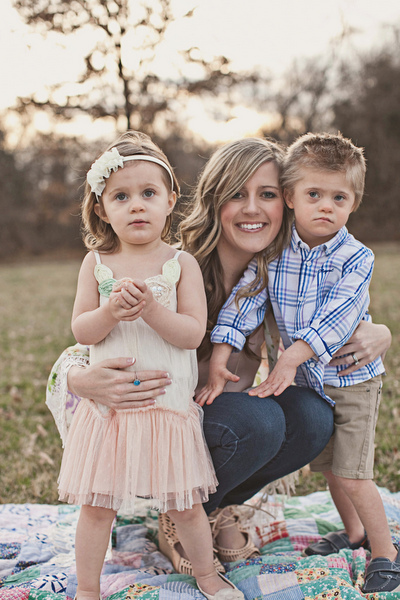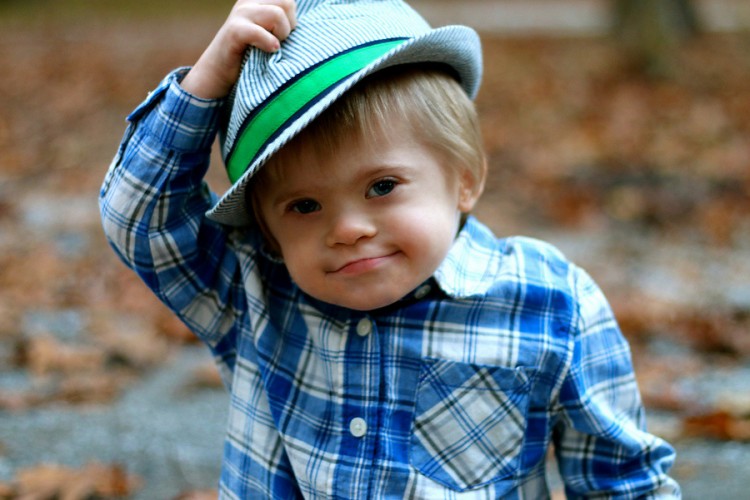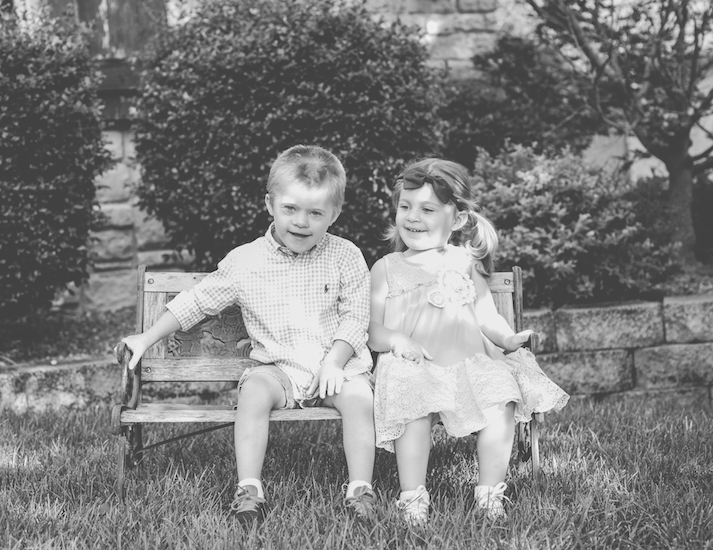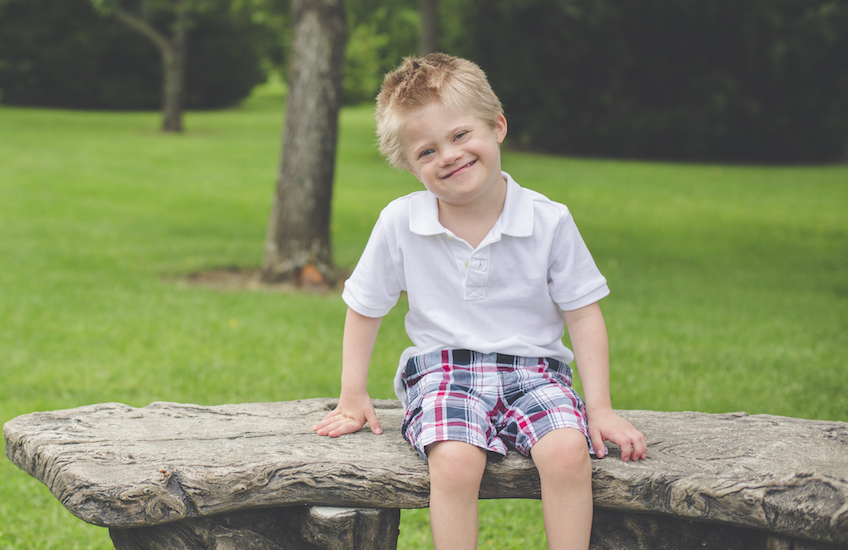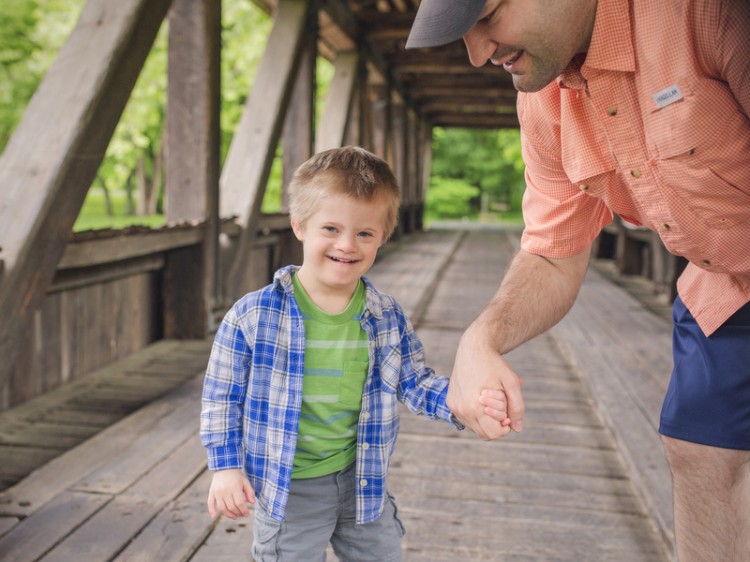How We Can Make the World More Inclusive for People With Disabilities
According to the World Health Organization, there are more than one billion people living with some form of disability, making up the largest minority in the world, according to United Nations Enable. Disability has always been a natural part of the human condition. There have always been people with disabilities and there always will be. But I believe the greatest obstacle for these people and their families is not the actual disability itself — it’s the outdated attitudes, false stereotypes and segregation surrounding disability in general. There is only one thing that comes from the way our society perceives people with disabilities, and that is fear. Fear comes from ignorance and unawareness, and it’s manifested in our society’s perceptions and views of people with disabilities. Nothing is wrong with people who have a disability. These amazing individuals are not broken; I believe our society is broken.
When our son, Hudson, was born we only had a few moments with him until we heard the words gently escape our sweet labor and delivery nurse: “They think your son might have Down syndrome.” We stood by his NICU crib as he underwent major surgeries and fought to survive. We spent many days and nights in hospitals during his first years of life.
One cold, scary February night, we almost lost him. He stopped breathing after his second GI surgery, and his heart rate plummeted. I stood in the hospital room and felt like my whole world was crashing down. All we ever wanted was to bring our baby home and love him. As we have seen time and time again, Hudson is resilient and a fighter. He overcame all the health obstacles, and he did come home with us. He is an extraordinary miracle.
All the things we never expected or could have imagined would happen turned out to be the most beautiful, perspective-building and life-changing moments in our lives.
Our greatest hope for Hudson is that people will see him for who he is and not the label of his disability. Hudson was perfectly and wonderfully made. He has a bright future with unlimited potential. Our fear is that people will exclude him because he has Down syndrome. History points to the fact that people with disabilities have often been underestimated, mistreated and not valued in our society. Society has made progress and is continually moving in the right direction, but we still have more work to do. We’re still missing the boat in many of our schools, workplaces and communities.
Inclusion is an attitude — one that embraces and accepts every individual, regardless of any and all differences, as a valuable member of a family, classroom, church, playground, office, recreational group, community and society. In our schools and in other situations, inclusion involves providing proper support and services so a child can be successful in a regular education environment. This would mean bringing special-education services, such as an aide, speech therapy, occupational therapy, curriculum modifications, etc., to the child in a regular education classroom versus taking the child out of the regular education environment and moving them to a separate classroom to receive services.
A recent draft of a policy statement by the U.S. Department of Education says that “a robust body of literature indicates that meaningful inclusion is beneficial to children with and without disabilities across a variety of developmental domains.” Here are some benefits that I think come with an inclusive education environment: better social skills, meaningful friendships, increased appreciation and acceptance of diversity, respect for all people, opportunities to master activities through observation and teaching others, increased school staff and community collaboration, higher expectations for everyone and increased opportunity for inclusion in future environments.
Inclusion needs to start at birth and continue throughout our children’s education. I don’t believe children benefit from being labeled, tested and placed in a separate classroom. What message does that send to kids with disabilities, their peers and society? That people with disabilities don’t belong with their peers? We know that’s not true. Children with disabilities can thrive when they are included with typical peers. They might need extra support in place for inclusion to be successful, but I think it will certainly have astronomical benefits for everyone involved.
Children model themselves after other children, and they rise to challenges and opportunities presented. We see this through Hudson’s placement in a typical preschool setting, which has encouraged his speech and other skills because he’s able to model and observe his typically developing peers. If kids can grow up with a person with Down syndrome in their regular classes, they might be more likely to practice inclusion throughout their lives and have a better appreciation for people with disabilities.
Segregation is a cycle that we must break. We can’t let our kids go to school and grow up without understanding and accepting that disability is a natural part of life, and there is no reason to be scared or feel sorry for people with disabilities. Children and people who have no experiences with people with disabilities can sometimes misunderstand or fear those disabilities. Wouldn’t it be a beautiful thing if we all had a friend with a disability who we had the opportunity to learn from starting at an early age? People are all more alike than different.
We want Hudson and other people with disabilities in our community to feel loved, respected, valued and to be contributing members of society. Hudson makes the world a better place just by existing in it with his smile, laughter and love for life. We should want all of our kids to be exposed to people of all abilities because it’s the real representation of life.
As human beings, we all have a completely unique genetic makeup that exists in each one of us. It’s the same thing as saying, “I have blue eyes and you have brown” or “You’re tall and she’s short.” Would you treat someone differently because they had a different hair color? No. Then why would we treat someone differently because they have an extra chromosome?
As humans, we have a tendency to group people based on a diagnosis or disability. “People with Down syndrome do this” or “People with these diagnoses do that.” Nine times out of 10, those assumptions are wrong. People are people. They’re all different. Every individual with Down syndrome is not the same. They each have their own hopes and dreams and are all unique.
Many people with Down syndrome and other diagnoses go to college, get their driver’s license, get married, work full-time jobs, volunteer in their communities and live independently. One of the biggest assets for those with a disability who are able to live a more independent and self-sufficient life is inclusion with the support of family, friends and their community. When people feel valued, respected and a part of their community, there are no limits.
How can we make the world a better place for people living with a disability and for people without? How can we be a more inclusive world? It’s simple.
Take the time to get to know those in your community who have a disability or a family who has a child with a disability. Ask questions. When you see someone with a disability, say hello and spark a conversation. If your kids ask questions, answer them openly and honestly. Invite the little girl with Down syndrome to your child’s birthday party. If you are a business owner or employee, consider hiring or advocating for a person with a disability to work in your office. I promise you that your work environment will be a better place because of it. Stop using the R-word and tell others to stop using it. Tell the parents who just received a prenatal diagnosis or a diagnosis at birth, “Congratulations!” And don’t say, “I’m sorry,” because why should you be sorry? Use person-first language: a person who has Down syndrome instead of a “Downs person.” If you are a business owner, consider asking a person with a disability to be pictured in your marketing campaign — the largest minority in the world should be represented in the media, which has the power to present a real representation of our world.
If these were things everyone did on a regular basis, our world would be a better and more inclusive place for people with and without disabilities. When our perceptions and attitudes change, our actions follow. Every step toward a more inclusive world is a step toward a better world. We can make the change. We can make the difference.
The message that we — in our schools, workplace and communities — need to be sending to people with disabilities is: We see you for who you are. We respect and appreciate you. You are your own unique person. We want to include you. There are no limits for what you can do.
Inclusion and acceptance can change our world and make it a better place for everyone in it.

